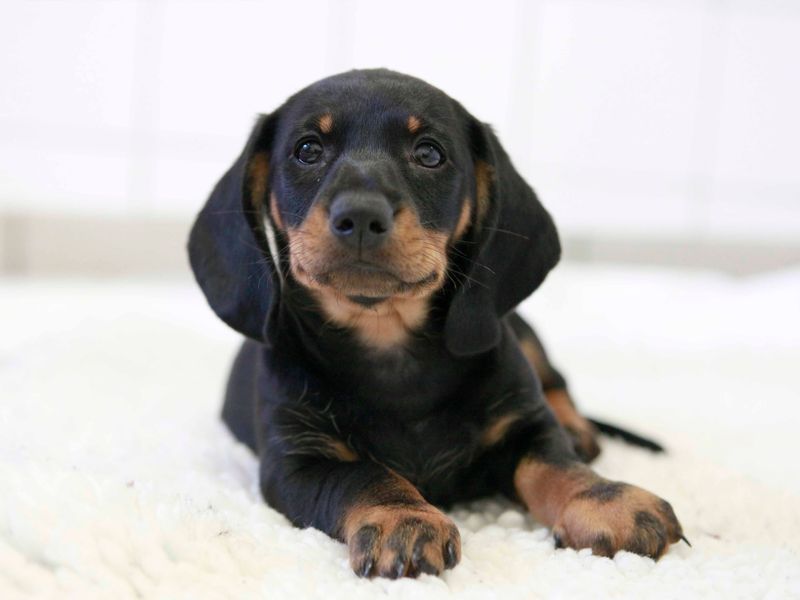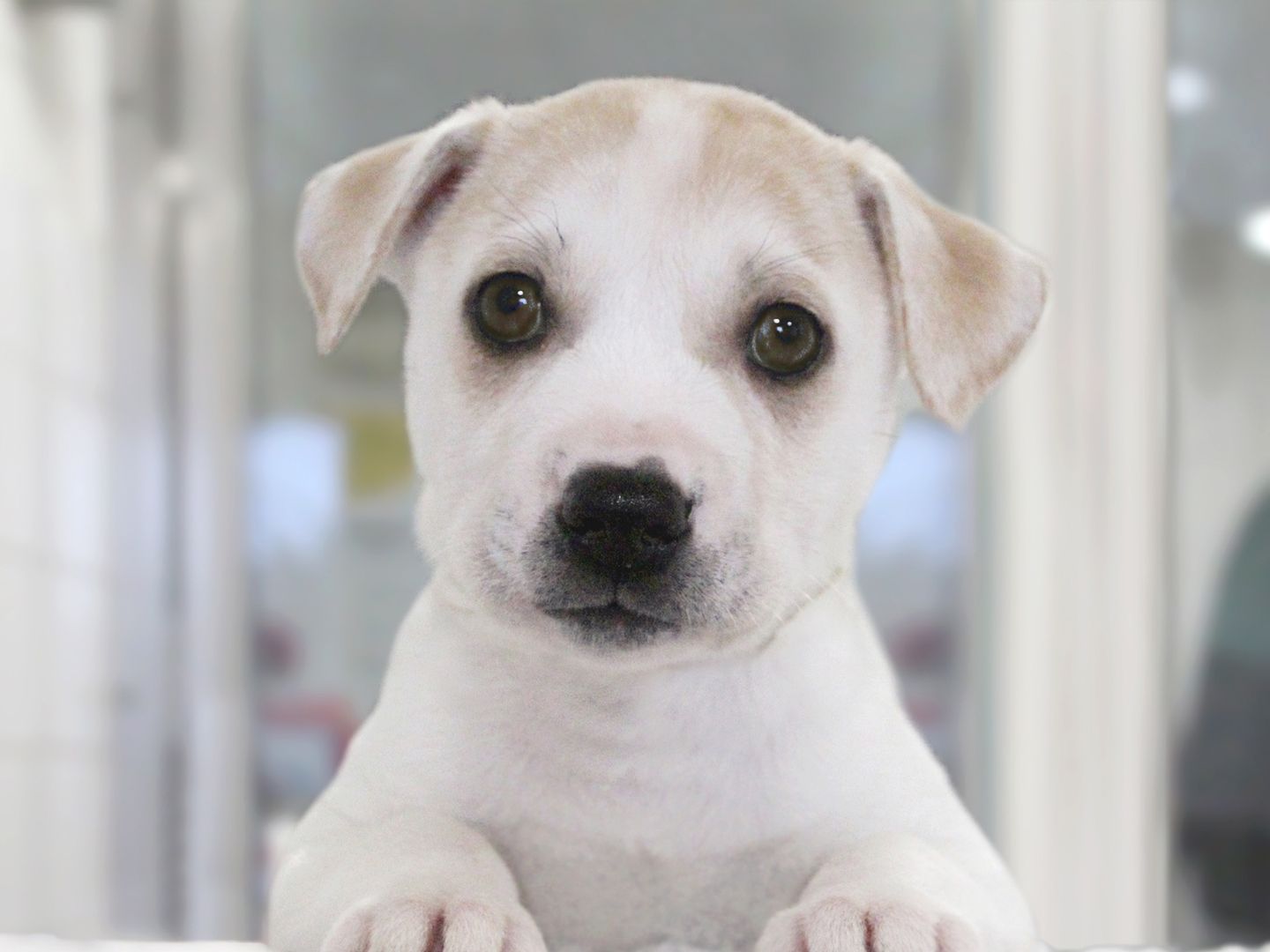Preparing for your new dog
Are you getting a new puppy or dog soon? Here’s what to do and buy before your pooch arrives.

Get set for your puppy or dog’s arrival with our handy guide. We’ll take you through what you’ll need to do in your first few weeks with them, from registering with a vet to organising training. We also have a shopping list of essential dog supplies.
Once your pup arrives home, you’ll be able to focus on bonding with them, knowing that everything’s in place.
What to do before you pick up your new dog or puppy
Having the essentials in place, and veterinary help to hand, will take some of the stress out of the first few weeks with your dog.
Register with a vet practice
Signing up with a nearby vet practice is best, so you don’t have to travel far for help. Be sure to ask whether the practice provides out-of-hours care, or whether another clinic covers this for them.
Check your dog is chipped
All dogs over the age of eight weeks must be microchipped by law. If you’re buying from a breeder, they should get the puppy microchipped, and ensure you have the database contact details. All dogs adopted …
Get pet insurance
A good pet insurance policy can help you get the right care for your dog. Insurance policies differ in what types of treatment they cover.
Make a training plan
You should be able to teach some of the basic dog skills at home. For this, our training and dog advice videos should help.
Now’s also the time to look for puppy training classes (or dog training, if your grown-up pooch …
Puppy-proof your place
Young dogs can be very curious, risking harming themselves as well as your home. Older dogs can also chew and take things they shouldn’t, so it’s still a good idea to make some adjustments. See the section below for specific advice.
Buy the basics
Buy the basic food, equipment and dog accessories you’ll need for those first few weeks. Our handy shopping list is below.
Plan for being away
Have a plan for who’ll look after your puppy or dog if you’re going out, away, or to work. You can start teaching your dog how to spend time alone from when they're a puppy, but they may take a while to …

Setting up a dog-friendly home
It’s time to pup-proof your home. To make things safe for your furry friend, lock away or throw away safely anything that could be harmful to them.
Move out of reach objects that they could chew. Ensure they can’t reach dangerous items such as electrical leads. Lock away, or get rid of, any toxic plants or substances
Once that’s done, it’s time to set up your dog’s eating, sleeping and resting areas. The feeding area should ideally be separate. If you’re getting a puppy, it’s helpful if one of their resting areas is close to an external door. This makes housetraining easier.
The rest area, including a cosy den, should be in a quiet place. This should be away from external doors, busy areas and the direct sight of a window. Explain to family and friends that when your dog is there, they shouldn't be disturbed.
If there are areas of your house you’d like to block off, consider installing baby gates.
If you have a garden that your dog can access, you’ll need to make that dog-safe too. Remove toxic plants and ensure that sharp tools and harmful substances are locked safely away.
What to buy for the first month with your new dog or puppy
These items and supplies, from bedding to toys, should get you through the first few weeks with your new dog. If you’re adopting from us, we’ll give you a new Dogs Trust lead and collar and a starter pack of food.
For the house
- Comfortable, washable beds and bedding, large enough for the dog to sprawl flat out on. It’s better to have more than one resting area if you have the space.
- A crate if you’re planning to crate train your pup, to be used as a cosy den area.
- Food and water bowls, including spares.
- Food that your dog is familiar with – ask your breeder or Dogs Trust centre what the dog has been eating. You should also get the food you’d like your dog to gradually switch to, if that’s relevant. Your vet can tell you more about getting your dog used to a different food, and about diet in general.
- Treats for training, appropriate for your dog’s size and age.
- Feeding enrichment toys such as food puzzles and slow feeders. Any toys need to be robust and the right size for your dog so they can’t be swallowed.
- House training pads for dogs.
- Puppy-safe house cleaning sprays/wipes in case your dog has an accident in the house.
Keeping entertained
- Toys for keeping your dog entertained, for play and to help teething puppies. They need to be safe, as above. The size may need to change as your dog grows.
Going walkies
These items will help prepare you for when you can venture outside with your new furry friend. You'll need a:
- plain buckled collar and tag. By law, your name and contact details must be on the collar or tag
- fabric or double-ended training lead, so you can train your pup to walk close to you
- fully-adjustable harness that your pup can move freely in and finds comfortable
- puppy-specific car restraint or car crate
- dog coat if you’re getting your pup in winter, or your dog needs one for other reasons
- poop scoop for clearing dog waste from your garden and from anywhere you take your dog, plus a stash of poo bags.
Taking your puppy or dog outside
Your puppy shouldn’t be walked outside (apart from within your own garden) until they’ve had all their necessary initial vaccinations. Otherwise, you risk them picking up infections. Your vet will be able to tell you when it’ll be safe to take them on their first walkies outside.
Until then, there are many things you can do to safely introduce your puppy to the world around them so they don't miss out on those vital early experiences.
Adult dogs also benefit from a gradual introduction to their new surroundings. So take them for some shorter walks around the same route when you first venture out with them, gradually introducing new and longer walks over time.
You’re all set to pick up your pooch
Getting a puppy or dog can be both exciting and tiring, as there’s so much to think about in those first few days and weeks. Our checklist should take the guesswork out of preparing, so you can focus on bonding with your new friend.
Time for training
Now is the ideal time to book in some training for your puppy or dog. Secure your place on one of our reward-based classes today.


